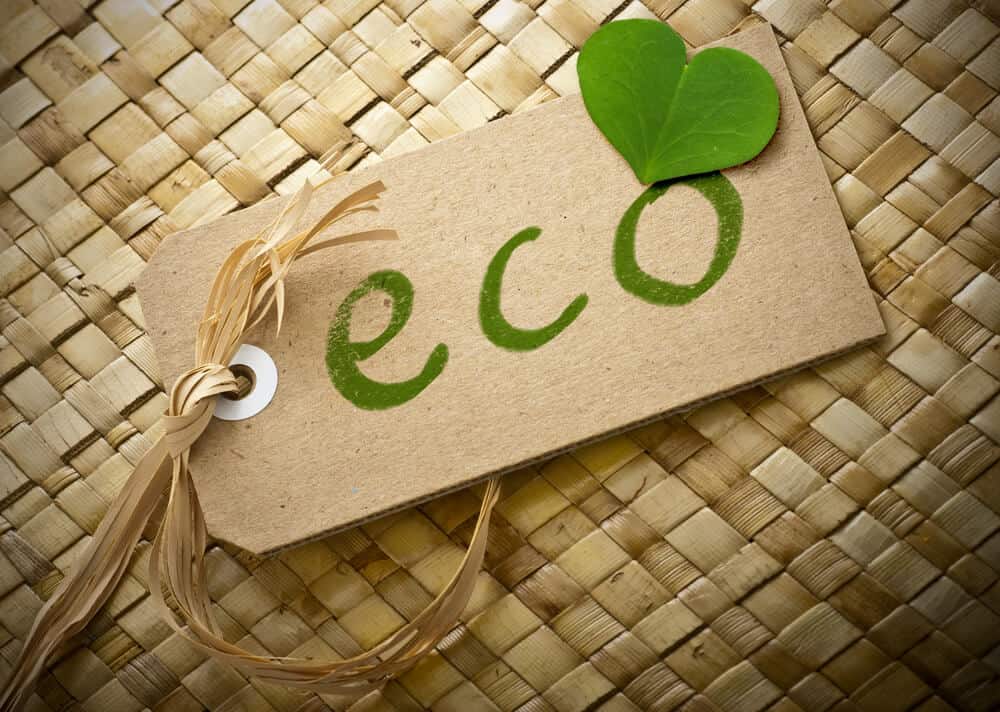Eco-friendly and non-toxic are some of the terms that most marketers use carelessly without knowing.
This has resulted in quite a great confusion among many buyers and consumers of different products.
You may have probably seen these terms also used interchangeably as labels on many product packages.
But does eco-friendly mean non-toxic?
The answer is no! Eco-friendly refers to anything harmless to the environment.
On the other side, non-toxic involves products that lack ingredients that can cause harm to living organisms.
Luckily for you, this article explains everything you need to know about these terms.
What is the Difference between Environmentally Friendly and Non-Toxic?
Environmentally friendly, also known as eco-friendly, nature-friendly, or earth-friendly, means ‘environmentally harmless.’
It refers to products or practices that don’t pose any harm to the environment.
This term refers to commodities that contribute to green practices or living on the earth’s surface.
Besides that, they help preserve natural resources such as water and energy.
Moreover, environmentally friendly products aim at preventing or reducing any factors that may contribute to water, land, or air pollution.
The best way to ensure the environment is safe, clean, and habitable is to engage in earth-friendly practices or habits.
That can be possible only if you become more conscious of how we use resources.
On the other side, non-toxic is a term used to refer to any product whose ingredients are not poisonous.
Such a product is generally safe for personal or societal use.
According to the CPSC (Consumer Product Safety Commission), non-toxic substances are products that cannot cause personal illness or injury to humans when swallowed, inhaled, or absorbed via the skin.
Hence, they don’t result in harmful side effects like hormone disruption, skin irritation, or cancer.
More importantly, non-toxic substances don’t cause harm to the environment.
What Is Considered Non-Toxic?
With nearly no regulation, the term “non-toxic” is a common buzzword in the marketing world.
But, it’s not indeed a harmful term. Non-toxic means that the product doesn’t have ingredients linked to harmful effects such as cancer, hormone disruption, among others in human bodies.
A product can only be non-toxic if it lacks the following ingredients:
- Phthalates
- Parabens
- Lead acetate
- Formaldehyde
- Petroleum
- Coal tar
What about Toxic Free?
Unfortunately, health governing bodies like the FDA don’t regulate the use of “toxic free” term. But, The ToxicFree Foundation, a non-profit organization that offers helpful education to the public on toxic ingredients, recognizes the word.
This organization defines toxic-free as any product created without potentially harmful, poisonous, or carcinogenic ingredients that could compromise the user’s safety.
Besides, the organization only certifies products that meet the following requirements:
- Safety: The certified products must be free from poisonous chemicals. This ultimately guarantees the utmost safety to the user.
- Natural: All the products must have only 100% natural ingredients obtained from the earth’s surface.
- Eco-friendly: The manufacturing processes of the products should be environmentally safe and sustainable.
How Do You Know Products Are Eco-Friendly Or Non-Toxic?
To know whether a product is safe for the environment and human use, several rules apply.
Luckily, this section will equip you with the most effective tips to look out for when buying products that are eco-friendly or non-toxic.
What Makes a Product Eco-Friendly?
- The product is highly energy efficient: Such a product will lower the amount of remnant fuels burnt during human activities like transportation. Opting for greener sources of energy such as solar can also be the best way to go.
- It uses less water and is free of chemicals: this helps conserve water resources for long-term use in the future.
- One that has biodegradable packaging materials: Such products help contribute to the creation of a cleaner and safer environment for both humans and world life.
- Reusable or recyclable products: This will help reduce the amount of waste accumulation in the environment that may cause pollution.
- Consider more locally produced goods: They tend to reduce the fossil fuels burnt during the shipment process regardless of the means used.
- Understand the product’s country of origin: Products made by factories in developed countries tend to obey strict rules regarding eco-friendliness. Whether it’s in your country or not, make sure you understand the details of the factory making the product.
How to Know a Product Is Non-Toxic
- It has plant-based ingredients: This implies that the product is free of synthetic materials, thus safer for use. But be aware that not all plant-derived products are safe and non-toxic. Coconut oil is a good example.
- Lacks toxic ingredients such as lead acetate, phthalates, formaldehyde, parabens, coal tar, or petroleum.
- The product is 100% natural with zero preservatives, fragrances, or synthetic surfactants.
- Consider a certified organic, vegan, and cruelty-free product.
- It must be free of chlorofluorocarbons (CFCs)
- Eco-friendly. For a product to qualify as non-toxic, then it must facilitate in keeping the environment safe.
In both cases, make sure to:
1. Read Carefully and Understand the Labels
This will help you understand if the product is natural, botanical, clean, safe, eco-friendly, green, non-toxic, or organic. Additionally, you’ll easily spot any worst offending toxic chemicals.
2. Check Out For Certifications
Thankfully, several certifications and seals of approval may help you understand the product’s safety. Also, you’ll know if it has real natural ingredients, organically certified, or any other vital information.
3. Look for Reviews and Ratings
Check for reviews and ratings on safety use made by other users. This will help you understand if the product you are about to buy is eco-friendly or non-toxic. So, be sure to go through the reviews before purchasing the commodity.
In Conclusion;
As conscious individuals, it’s our responsibility to ensure the products we use at home are safe and free of toxins.
Therefore, it is essential to check for the labels with terms like eco-friendly and non-toxic ones when shopping for any product.
Ultimately, these terms focus on creating awareness about our social responsibility for keeping the earth and ourselves safe.
Be sure to put in practice the above tips on knowing if a product is safe for you and the environment or not.



